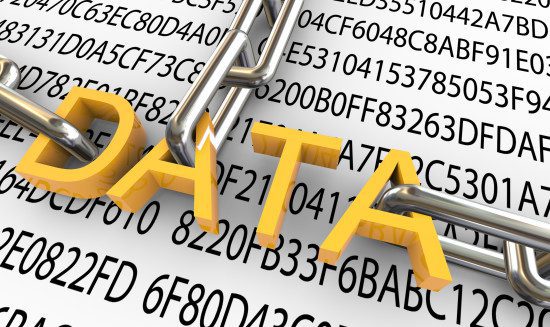These days, we produce, distribute, and retain enormous volumes of data—used by both large and small enterprises to manage their operations and gather insights. Finances Online recently did a study determining that 74 Zettabytes (74 Billion terabytes) of data will be consumed in 2022, which is predicted to double by the end of 2024.
Which may be sensitive and unstructured, leaving it vulnerable to attacks. This is why startups must harness it and protect it just like they would protect their Intellectual Property (IP) or cash injections. Let’s dive into the key differences between the two types of data and how to keep them safe.
Structured vs Unstructured Data Secure: What’s the difference?
This enables search-based access and analysis by data mining tools and algorithms. Organizations in the corporate world have often made judgments using organized data. The collection and analysis of structured data to support business decisions is backed by a variety of technologies. Examples include data stored in a Customer Relationship Management (CRM) or Inventory Management System (IMS). Unstructured data, according to experts, is information that lacks a model or set format.
Initial Steps for Structured vs Unstructured Data Secure Types
Structured data security still requires work, even if it may seem easier than unstructured data security. An essential part of IT administration starts with the following:
1. Creating a secure, central location for private data
2. Monitoring the input and usage of data
3. The Secure Socket Layer (SSL) protocol may be used to control encryption and uthentication.
4. Creating strong passwords
5. Remotely locating and erasing data from lost devices
6. Educating employees about rules and acceptable practices
Unstructured data must first be located and understood in order to be controlled. This “snapshot” technique offers a moment in time inventory. That quickly becomes outdated and cannot impose use guidelines or monitor data use.
Additionally, unstructured data protection must comprise a policy-driven program to categorize data. At the moment of production or discovery and guarantee its appropriate usage at all times.
Traditional systems use network DLP or system “crawlers” to scan servers and workstations using content pattern matching to categorize data at rest.
Why do you need to classify and identify access?
Organizations may use it to monitor the data lifecycle and immediately implement the necessary policies. Without obstructing allowed workflow, accurate, persistent classification enables policies and controls to optimize the value of information utilization.
Find out who is gathering and changing unstructured data. Make them liable for maintaining its safety. Many such data users can identify its source, the owner, even if they are unaware of who the owner is.
Using the context of each data transaction, control policies identify risks and impose restrictions on those who may have unwanted access. A policy involves a group of warning and control rules dependent on various variables. Such as user identification, file source or destination, and network connection. . Some applicable enforcement mechanisms are blocking activities, quiet alerting, automated file/email encryption, user warnings, user prompting, and data masking.
To succeed in highly competitive and regulated marketplaces, companies must handle all of their high-value information, including that which is irregular and unstructured. . This enables control measures that reduce risk while advancing corporate goals.
The opinions expressed in this post belongs to the individual contributors and do not necessarily reflect the views of Information Security Buzz.



